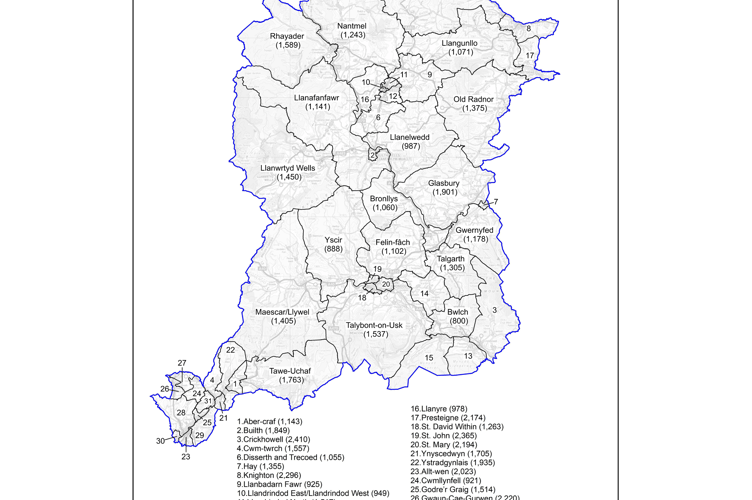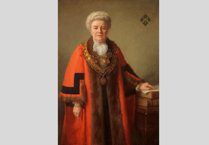Conservative MP Fay Jones has shared her excitement at the final proposed changes for the Brecon and Radnorshire constituency. Recent plans revealed by The Boundary Commission for Wales show the final shape of Westminster constituencies in time for the next general election.
Westminster seats are set to change, cutting the number of MPs in Wales from 40 to 32. It means that Brecon and Radnorshire could face a shakeup in the next general election as under the new plans, seats in Brecon and Radnorshire are now proposed to include parts of the Neath constituency. Pontardawe and Ystalyfera in the Swansea Valley have been included as part of the proposed constituency. It would mean that the new seat will be called Brecon, Radnor and Cwm-Tawe. The proposed plans were presented in their final format on Wednesday.
It's prompted some to say that the changes will be in favour of the Liberal Democrats, in an area currently held by the Conservative party.

However, Fay Jones sees the changes as a way to increase the work they have already completed to a wider area.
“Powys consists of three historic parts, and I think it makes sense to keep all of them whole and not to split any of the three parts, and we support the addition of nine Neath Port Talbot wards all from the current Neath constituency. Pontardawe, Ystalyfera and the other wards link well to the Ystradgynlais area, with good communication links along the A4067."
"Those in the Cwm Tawe area have had a Labour MP who has taken them granted for decades. Whenever the General Election comes, I’m excited about serving a new area and continuing the good progress we have made in Brecon and Radnorshire on a whole range of issues.
"The current Brecon and Radnorshire constituency is the largest in England and Wales and the proposed constituency will remain so.”
Local reactions have been less than favourable. Sioned Williams, MS for South Wales West, tweeted: "Lumping the post-industrial valley communities of Cwm Tawe with the distant rural areas of Brecon and Radnor makes absolutely no sense geographically or culturally."
The commission says it considered several factors in developing its proposals, as well as the statutory range of electors.
Geography - such as lakes, rivers, and mountains - was an important consideration, as were current boundaries such as local authority and ward boundaries. The commission also considered local ties, such as shared history and culture as it developed its initial proposals.
It followed a long consultation and will come into effect at the next general election, which is expected in 2024.




